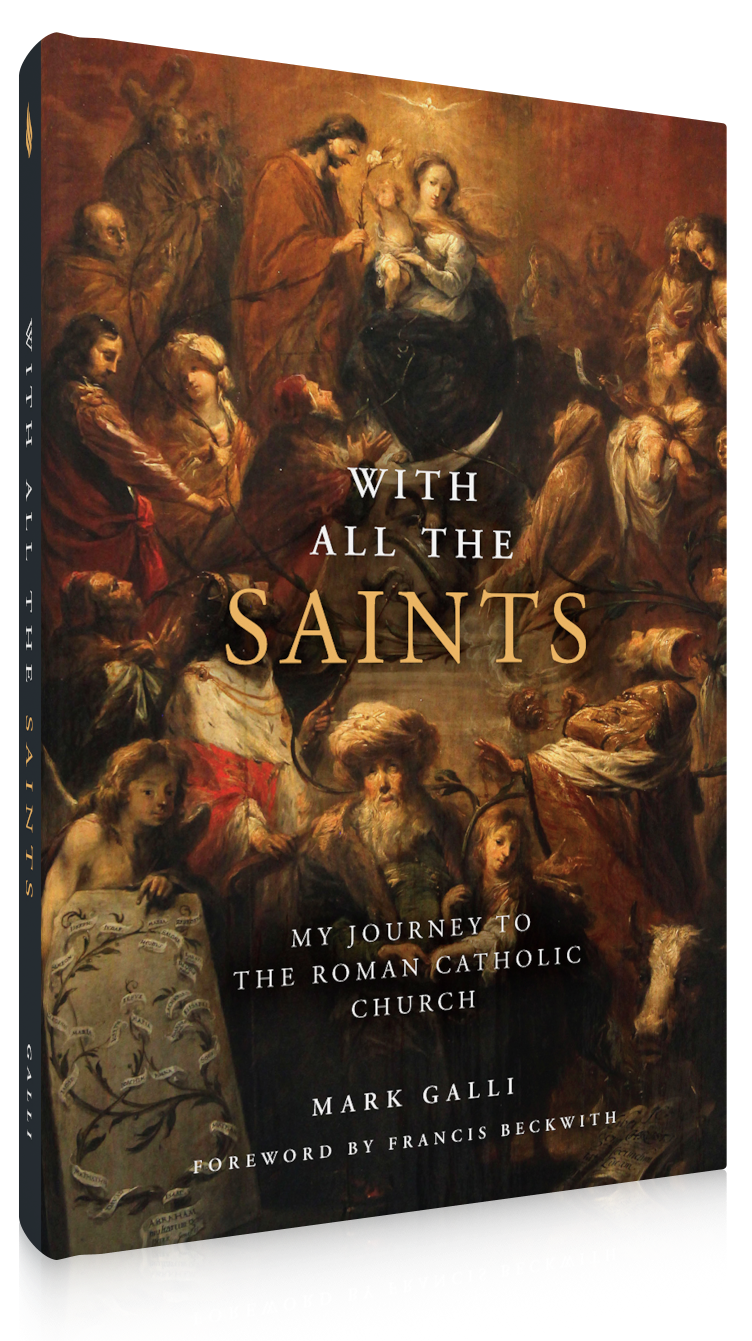
About Brideshead Revisited
Lodged between two world wars and burdened by the stark collapse of culture, Charles Ryder comes face to face with the perils of sin and confronts the inescapable yearnings of faith.
Contents
Foreword by Bishop Robert Barron
Dedication
Preface by Evelyn Waugh
Prologue: Brideshead Revisited
Book One: Et in Arcadia Ego
1: I meet Sebastian Flyte—and Anthony Blanche—I visit Brideshead for the first time
2: My cousin Jasper’s Grand Remonstrance—a warning against charm—Sunday morning in Oxford
3: My father at home—Lady Julia Flyte
4: Sebastian at home—Lord Marchmain abroad
5: Autumn in Oxford—dinner with Rex Mottram and supper with Boy Mulcaster—Mr. Samgrass—Lady Marchmain at home—Sebastian contra mundum
Book Two: Brideshead Deserted
1: Samgrass revealed—I take leave of Brideshead—Rex revealed
2: Julia and Rex
3: Mulcaster and I in defense of our country—Sebastian abroad—I take leave of Marchmain House
Book Three: A Twitch upon the Thread
1: Orphans of the storm
2: Private view—Rex Mottram at home
3: The fountain
4: Sebastian contra mundum
5: Lord Marchmain at home—death in the Chinese drawing-room—the purpose revealed
Epilogue: Brideshead Revisited

About the Author
About the Author









